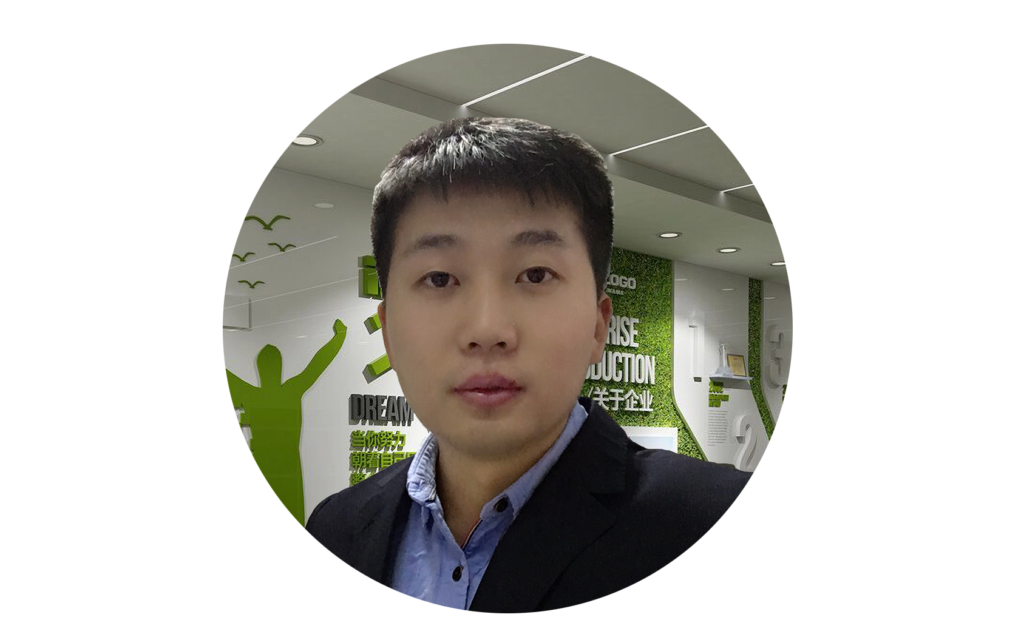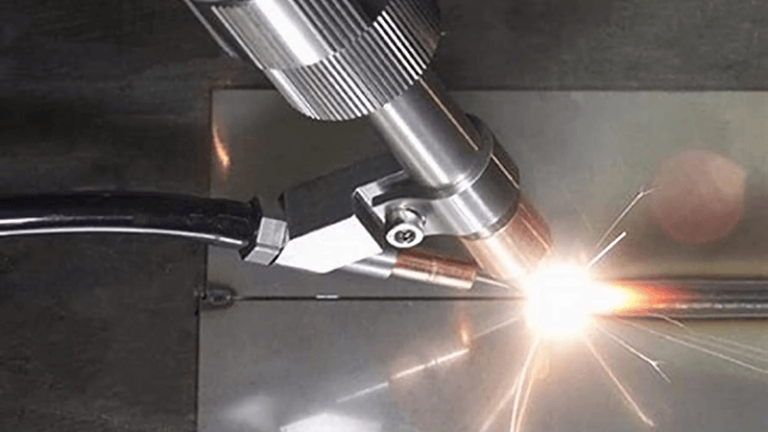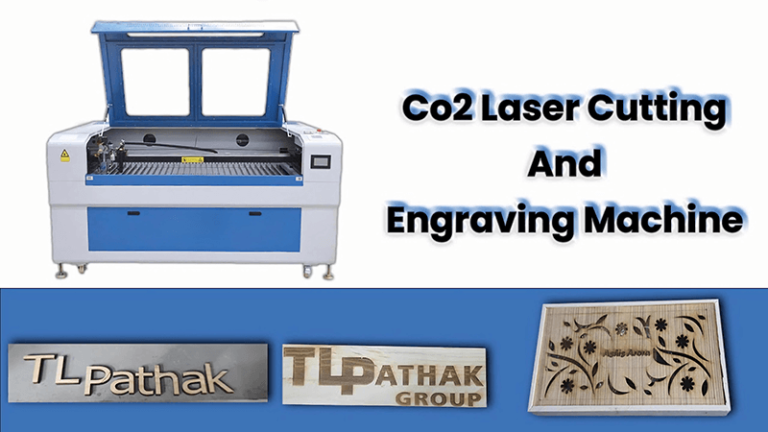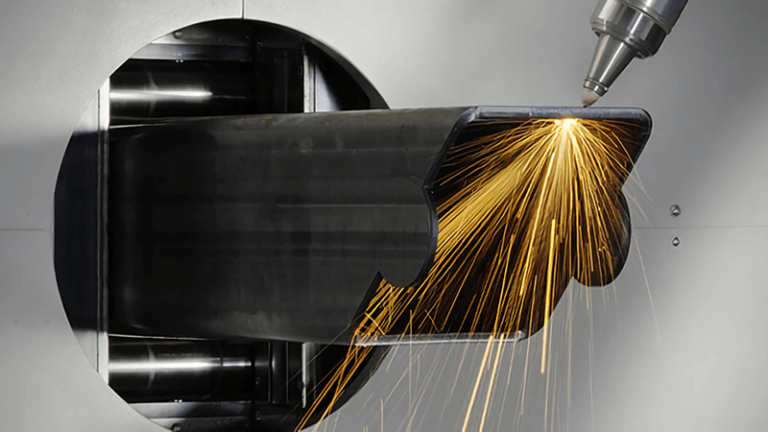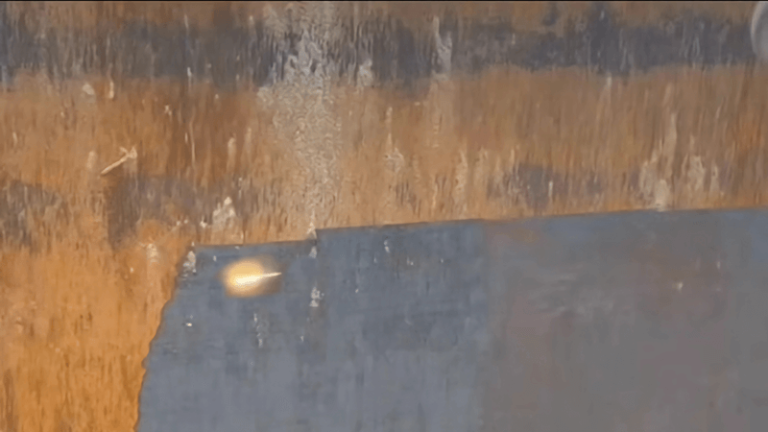When you first look at laser cutting machines, the price can feel overwhelming. Many buyers worry about paying too much or getting the wrong system. The market is full of choices, and it is easy to feel lost.
A fiber laser cutting machine can cost from $9,200 for compact 1.5kW models to more than $500,000 for high-power, fully automated industrial systems. Price depends on power, bed size, automation level, and brand reputation.
The truth is, cost is not just about the machine. It is about what the machine brings back in precision, speed, and productivity. This is why understanding the price range helps you make the right investment.

How much does a laser system cost?
When people search for a fiber laser system, the first question is price. Buyers worry that they will either under-invest in a small unit or overspend on features they do not need. This creates stress and slows decisions.
A laser system can start around $9,200 for entry-level 1.5kW machines and go beyond $500,000 for high-end, automated models. Power level, bed size, and automation drive cost. Mid-range systems, around $120,000, balance performance and reliability for most industrial users.
Breaking down cost by power level
From my experience at Kirin Laser, the most common way to measure price is by wattage. Below is a clear breakdown:
| Power (kW) | Price Range (USD) | Typical Use Case |
|---|---|---|
| 1.5 kW | 9,200 – 12,500 | Entry-level cutting, thin sheets |
| 2 kW | 14,000 – 19,000 | Small workshops, light production |
| 3 kW | 18,020 – 25,500 | Medium manufacturers, mixed metals |
| 6 kW | 21,000 – 31,000 | Higher throughput, thicker materials |
| 12–20 kW | 38,000 – 74,500 | Heavy industry, large batch production |
Real-world insight of fiber laser cutters
I once helped a distributor in the U.S. who faced inconsistent cut quality1 and long lead times. They were using outdated machines. We recommended a 3kW fiber laser cutter2 priced around $120,000. The system improved throughput, reduced rework by half, and delivered strong ROI within months. For them, cost was not just a number—it was the key to growth.

Why are laser cutters expensive?
Many people feel sticker shock when they first see prices. They compare laser systems with mechanical cutting tools and wonder why lasers are so costly. The answer is hidden in the technology.
Laser cutters are expensive because they use advanced fiber sources, high-precision optics, CNC control systems, and robust software integration. These features deliver speed, accuracy, and flexibility that other cutting methods cannot match.
What drives the cost?
- Fiber laser source3 – The laser generator is the heart of the system. Higher wattage sources are costly to produce but offer faster and deeper cuts.
- Cutting head and optics – Precision lenses and nozzles ensure stable quality, even at high speeds.
- Bed size and build – Larger machines require heavy-duty frames and drives, increasing the price.
- Automation4 – Loaders, unloaders, and conveyors add cost but save labor and time.
- Software – Powerful nesting and control software improve efficiency but raise initial costs.
Why companies still invest
At Kirin Laser, I have seen factories save hours per day thanks to automation and consistent cutting speed. While the upfront price seems high, the long-term savings in labor, scrap, and rework quickly justify the cost. For buyers like John Smith at Smith Laser Tech, these machines mean fewer headaches and more profit.

How thick will a laser cutter cut?
Buyers often ask about thickness. Many worry that their machine will not handle the materials they need. Thickness is directly tied to laser power, gas type, and speed.
A fiber laser cutter can cut from thin foil up to 50mm thick steel, depending on power and gas. For example, a 1.5kW machine cuts 6–8mm carbon steel, while a 20kW machine cuts up to 50mm with oxygen or nitrogen.
Thickness by power level
| Power (kW) | Max Carbon Steel Thickness | Max Stainless Steel Thickness5 | Max Aluminum Thickness |
|---|---|---|---|
| 1.5 kW | 6–8 mm | 3–4 mm | 2–3 mm |
| 2 kW | 10 mm | 6 mm | 4 mm |
| 3 kW | 12–14 mm | 8–10 mm | 6 mm |
| 6 kW | 20–22 mm | 12–14 mm | 10–12 mm |
| 12–20 kW | 40–50 mm | 25–30 mm | 20–25 mm |
Practical experience
I remember working with a client who cut stainless steel enclosures. They had been outsourcing thicker parts because their old 2kW machine could not handle more than 6mm. We installed a 6kW system6 for them, which easily cut 20mm stainless steel. This not only saved outsourcing costs but also gave them faster turnaround, and their customers noticed the difference.
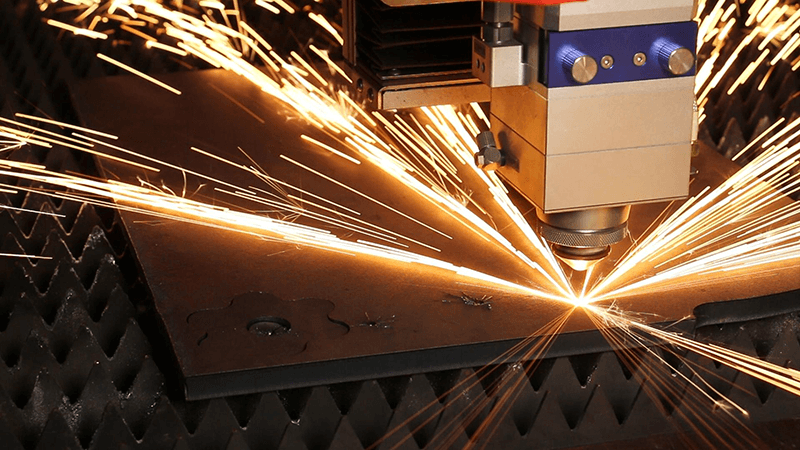
Is it worth getting a laser cutter?
Some companies hesitate. They think about cost, training, and space. The question is always the same: will this investment pay off? From my experience, the answer is usually yes.
Yes, a fiber laser cutter is worth it. It reduces lead times, improves accuracy, lowers scrap, and allows new product opportunities. ROI often comes within 1–3 years, depending on production volume.
Key benefits of ownership
- Precision and quality – Cuts are clean, consistent, and require little rework.
- Versatility – One machine handles steel, stainless, aluminum, copper, and more.
- Speed and productivity – Jobs that take hours with traditional methods are done in minutes.
- Cost savings7 – Lower labor, less scrap, and no outsourcing.
- Competitive edge8 – Faster delivery and custom options win more contracts.
A customer success story
A mid-sized manufacturer came to us worried about margins. They outsourced most of their metal cutting, which was expensive and slow. We helped them set up a 12kW fiber laser system for under $70,000. Within months, they cut costs, improved lead time, and started offering new product lines. For them, the laser was not an expense—it was a growth engine.
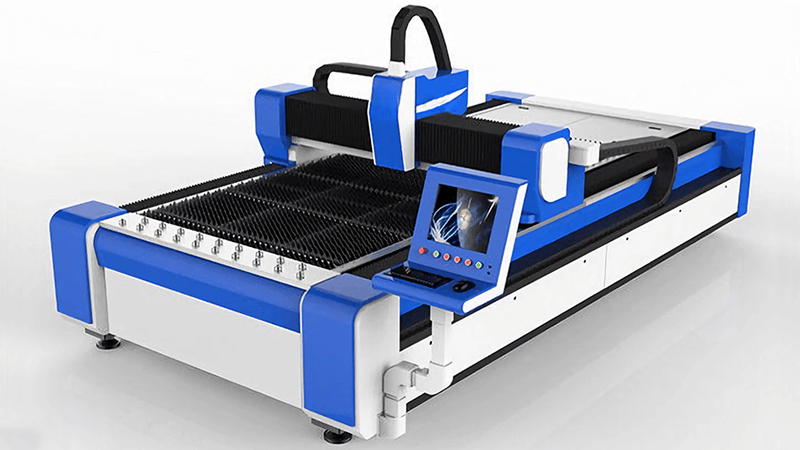
Conclusion
The cost of a fiber laser cutting machine 9 depends on power, size, and features, but the real value is in precision, speed, and growth. From $9,200 compact units to high-end $500,000 systems, the right choice depends on your needs. At Kirin Laser, I believe the right investment always pays off through better quality, lower costs, and faster delivery. A laser cutter is not just a machine—it is a way to future-proof your business.
-
Discover techniques and technologies that can significantly enhance cut quality in laser cutting processes. ↩
-
Explore this link to understand how a 3kW fiber laser cutter can enhance efficiency and ROI in manufacturing. ↩
-
Understanding fiber laser sources can help you make informed decisions about cutting technology and its cost-effectiveness. ↩
-
Exploring automation in laser cutting reveals its benefits in efficiency and cost savings, crucial for modern manufacturing. ↩
-
Understanding the maximum thickness for stainless steel cutting can help optimize your machining processes and improve efficiency. ↩
-
Exploring the advantages of a 6kW system can reveal how it enhances cutting capabilities and reduces operational costs. ↩
-
Understanding cost savings can help businesses optimize their operations and improve profitability. ↩
-
Exploring strategies for a competitive edge can lead to innovative practices that enhance market position. ↩
-
Finding the best laser cutting machine and laser cutting solutions here from Kirin Laser, clicking this link to get all your needs. ↩

